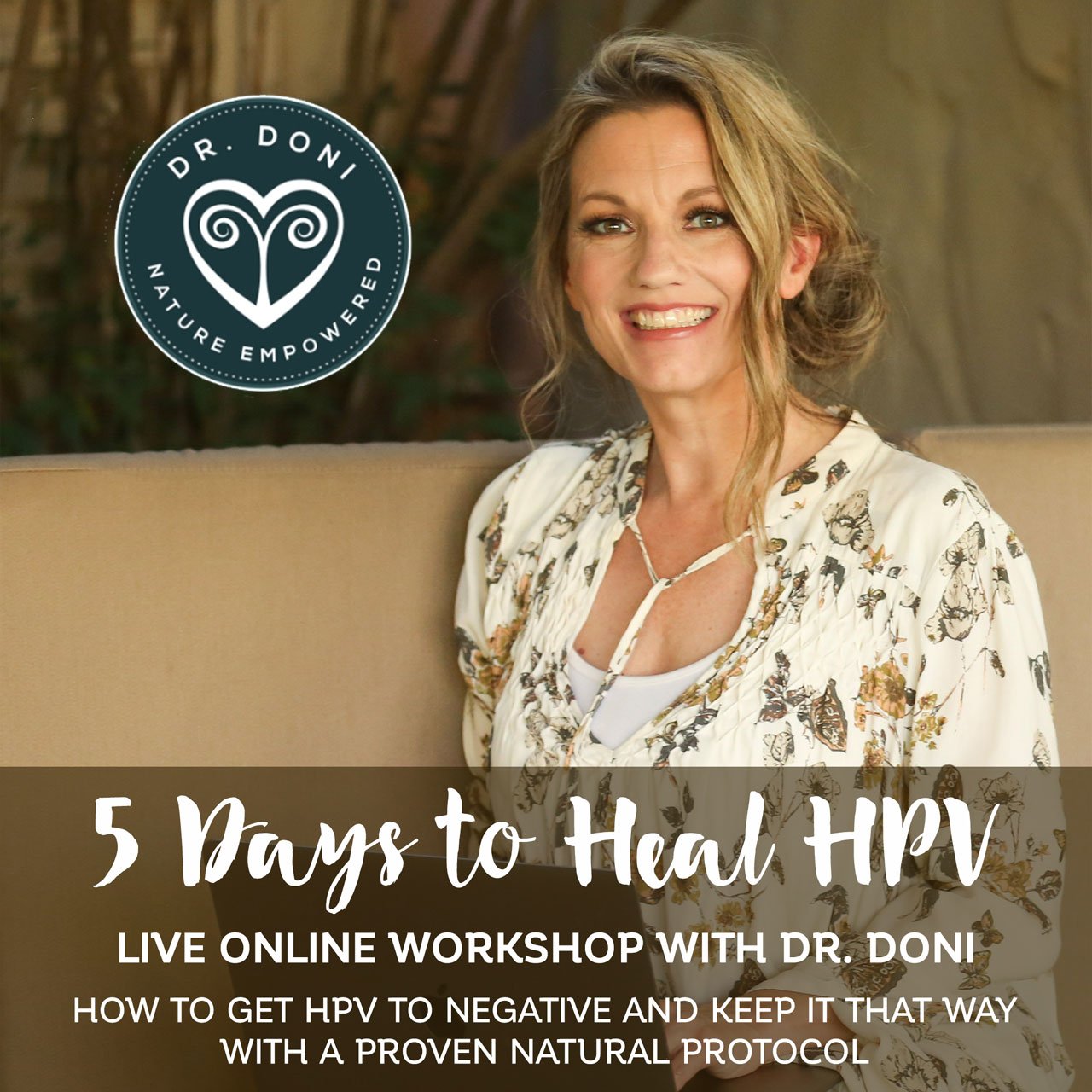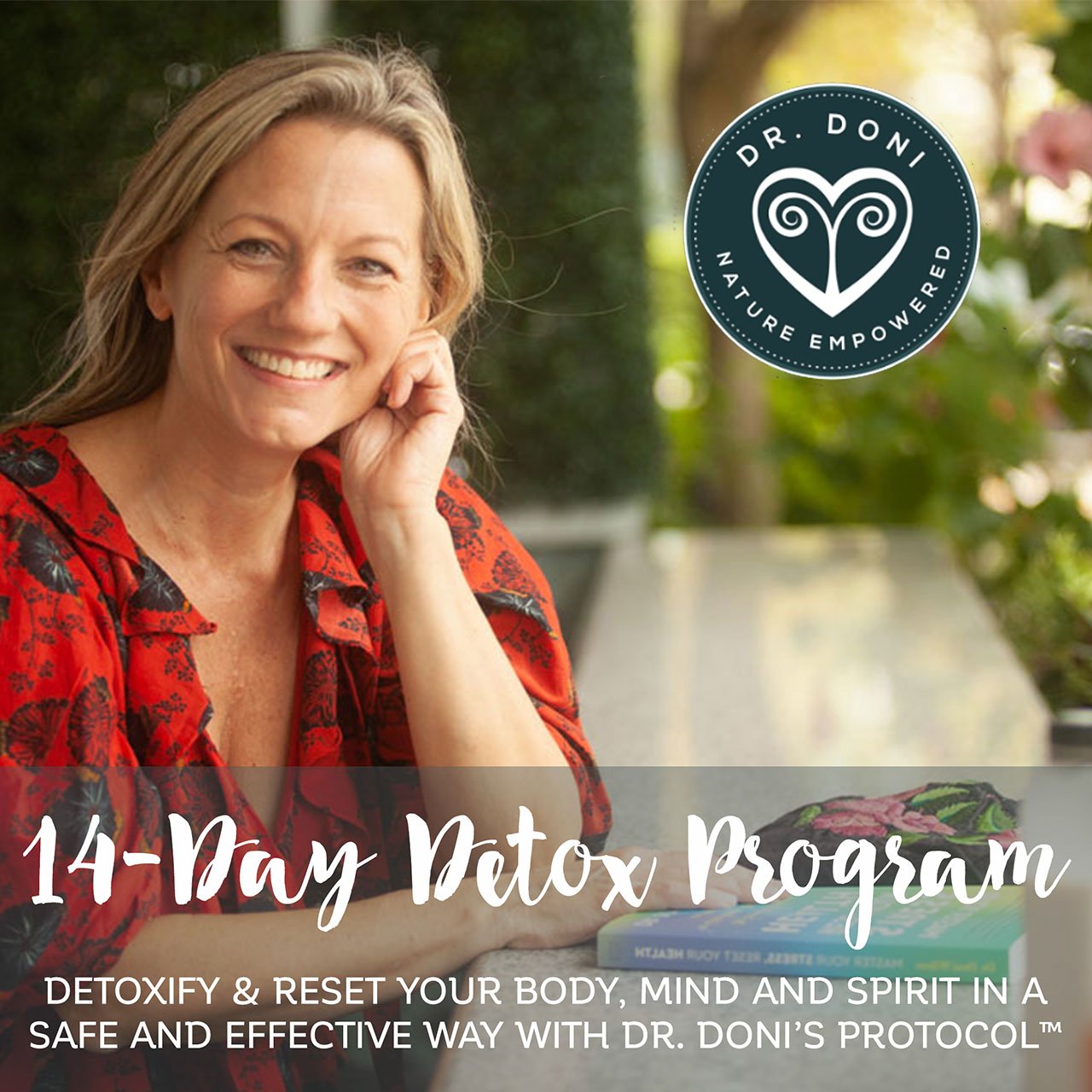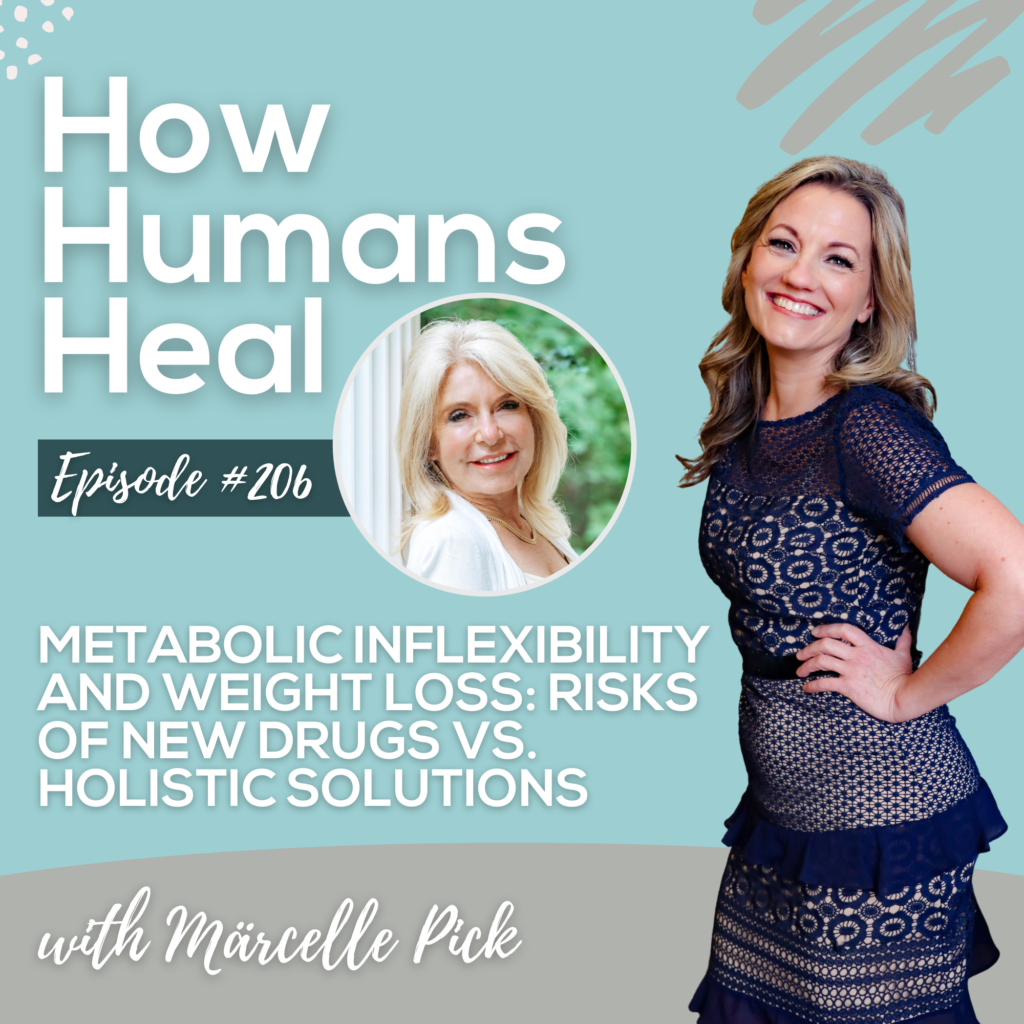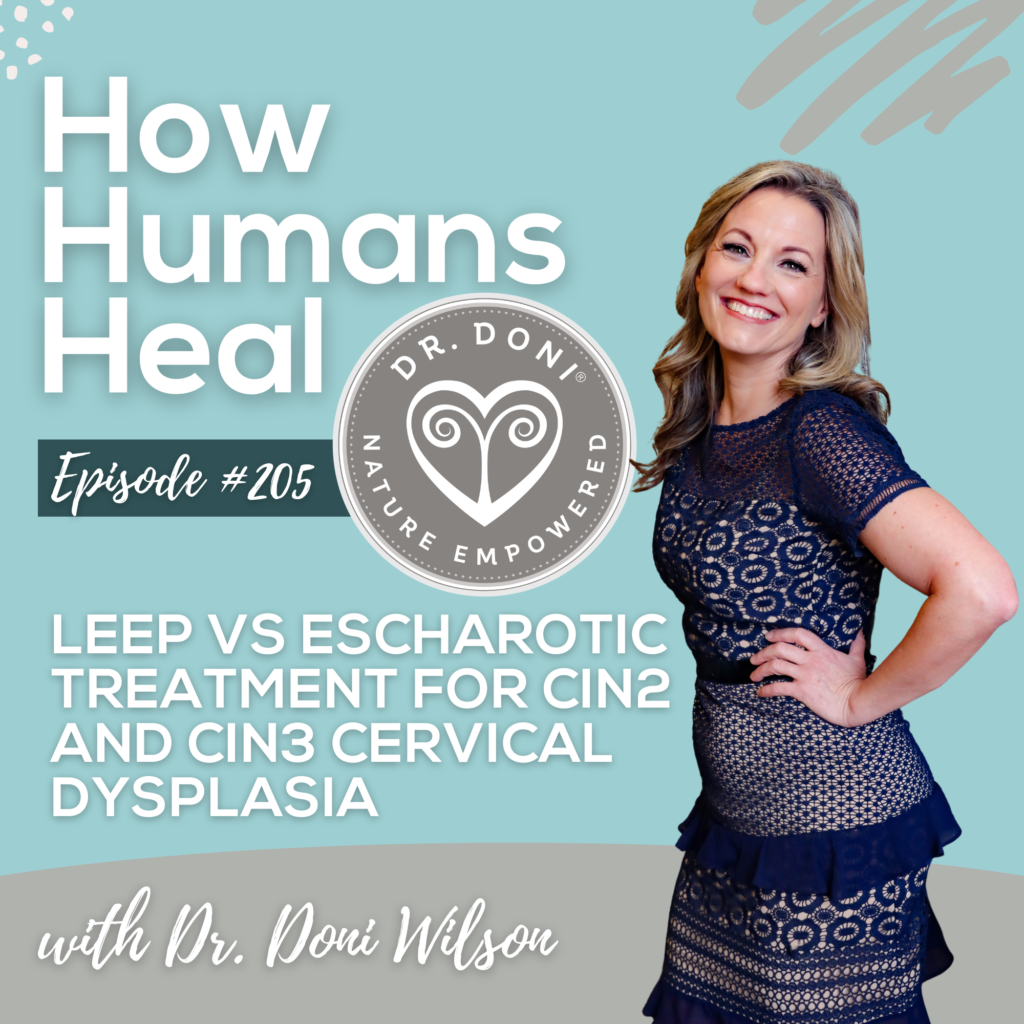
Endometriosis: Symptoms, Diagnosis, and Underlying Causes
- Home
- Uncategorized
- Endometriosis: Symptoms, Diagnosis, and Underlying Causes
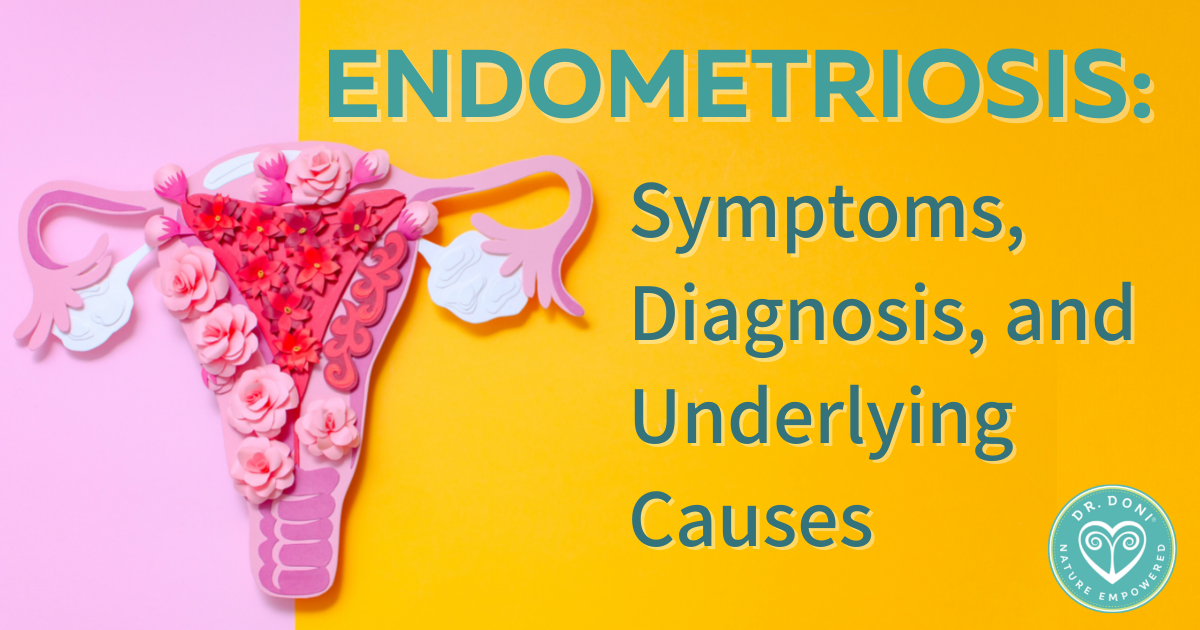
Endometriosis is painful and often goes hand in hand with other conditions. It can be hard to diagnose, leaving many women unsatisfied with the options available to them. Dr. Doni unpacks what we know about endometriosis: Its underlying causes and how to start addressing it.

Do you have periods that are so painful that they keep you from going to work or school for days on end? If so, you may have a condition called endometriosis. Potentially millions of women have endometriosis, but it often goes undiagnosed. In this article, I will dive into the “what, whys, and how’s” of endometriosis. Can you turn it around? You bet! And I will show you how!
What Is Endometriosis?
In simple terms, endometriosis is a condition where the tissue that usually grows inside a woman’s uterus begins to grow outside of the uterus. This tissue lining the uterus, which thickens during the menstrual cycle in preparation for a potential pregnancy, is called the endometrium. With endometriosis, endometrial-like tissue can grow on the walls of the pelvis and pelvic organs, such as the ovaries, fallopian tubes, bladder, and/or intestines.
The biggest telltale sign of endometriosis is painful periods. Why pain during periods specifically?
The endometrial tissue inside the uterus normally gets thick, then breaks down, and is expelled (through bleeding) each month. This is exactly what this tissue does when it grows outside of the uterus as well. Pain can happen because the thickening and “sloughing off” process in areas other than the uterus can create inflammation, irritation, adhesions, and other complications that can cause pain.(1)
What Are the Symptoms of Endometriosis?
As I stated above, pain during menstruation is the #1 symptom of endometriosis. This can mean menstrual cramps (that may get worse over time) as well as pain in the intestines, during bowel movements or urination, and pain during or after sex. Other signs that endometriosis may be occurring include:(2)
- heavy bleeding
- spotting between periods
- digestive pain
- general fatigue(3)
- bladder pain
- difficult conceiving a pregnancy(4)
It is also really important to remember that endometriosis often goes hand in hand with other conditions. Some of these may include:
- uterine fibroids
- pelvic inflammation disorder
- IBS
- ovarian cysts
- interstitial cystitis
- severe constipation, and
- it can increase the risk of certain kinds of cancer, especially ovarian and endometrial cancer(5)
Many Women Have Endometriosis and Don’t Even Know It
According to Dr. Lisa Halvorson, head of the Gynecologic Health and Disease Branch of the NIH’s Eunise Kennedy Shriver National Institute of Child Health and Human Development, “[a]pproximately 10% of reproductive-age women have endometriosis” but “a substantial number of women go undiagnosed.” In reality, the percentage of women in the country who have endometriosis is probably much higher than this number, according to Halvorson.(6)
Why does endometriosis slip through the cracks for so many women? There are several reasons. First of all, many women aren’t even aware of it as a condition at all. They may think that menstrual pain is normal, and thus do not know to ask about it when they visit their physician.
Secondly, some women may not experience any pain, or the pain they do have may be slight. This is especially true of postmenopausal women. What’s more, if they are experiencing pain, it may not necessarily be located in an area where endometrium tissue is actually developing.
Also, when it comes to endometriosis pain, the severity of the pain is not always an indication of the severity of the condition (i.e. how much tissue is growing and where it is growing).(7)
Finally, endometriosis is very hard to diagnose conventionally. The only way to identify it for sure is via surgery. Sometimes it can be found with a pelvic ultrasound if endometrial cysts (i.e. endometrioma) are found. These kinds of cysts do not occur for all, or even most, women with endometriosis, however. According to researchers at the Harvard T.H. Chan School of Public Health, some tests are currently being developed that may help identify endometriosis based on inflammatory markers. To date, no such tests are available to the population at large.(8)
Why It’s So Difficult to Diagnose
Endometriosis is not unusual: 1 in every 9 women are diagnosed with it. But thousands more go undiagnosed while struggling with debilitating pelvic pain and main other symptoms related to their menstrual cycle. Too often, I hear from women that they feel alone in their pain… as though they hit a dead end in their options.
If this sounds like you, I did a deeper dive on why it is so difficult to get a diagnosis in this week’s podcast episode: Shining a Light on Pelvic Pain and Endometriosis (Episode 67). I talked with dietitian Cindy Dabrowska, R.D. about underlying causes of endometriosis, especially how blood sugar levels and gut bacteria affect estrogen.
Here’s a video replay of our discussion, or you can listen in any podcast app as well:
Epigenetics and Endometriosis
If you are a regular reader of my blogs then you know I am a strong believer that we can understand most all health conditions by looking at stress and how it affects us.
Let’s start by looking at how stress turns on genetic predispositions. In fact, research has identified genetic variations associated with an increased risk of endometriosis.(9)
But what turns those genes on?
Various stresses influence genetic expression, which is what we refer to as epigenetic factors. Emotional and physical stressors, and stressors in our environment such as toxins in our home and food, are the catalysts that cause genetic predispositions to become active.
We also know that stress exposure causes imbalances throughout the body that can make conditions such as endometriosis more likely. Studies show that endometriosis is associated with hormone imbalances and increased inflammation.(10)
Those imbalances and inflammation are usually caused by:
- elevated cortisol
- inflammatory foods
- nutrient deficiencies
- intestinal permeability (leaky gut)
- imbalanced microbiome in the gut, uterus, and other areas
- elevated blood sugar levels
- toxin and metal exposure
- infections
- medications
And the imbalances lead to:
- decreased methylation
- increased oxidative stress
- high estrogen and low progesterone
- estrogen detoxification down certain pathways which eventually lead to damaged DNA
By looking at endometriosis this way we can then do tests to identify what is out of balance in your body and use natural approaches to address those imbalances.
Tests I Recommend
If you know you have endometriosis, or if you have any of the symptoms or imbalances mentioned above and wonder if you may have it (AND you want to put a stop to it), the first step is to do specialty tests that can give you more information about your body.
These are not tests done in the regular doctor’s office, and most of the time they will not be covered by insurance. If you want to take your health into your own hands, however, it’s time to invest in getting the information that will help you change the state of your health.
The tests I recommend are:
- IgA/IgG food sensitivity panel
- Urinary or salivary cortisol at four times through the day (morning, mid-day, evening, and bedtime)
- Urinary adrenaline and neurotransmitter levels
- Urinary estrogen, progesterone, testosterone, DHEA
- Urinary markers of estrogen detoxification
- 8OHdG oxidative stress marker
- DNA analysis of gut microbiome
- Blood tests for nutrient levels, including homocysteine and methylmalonic acid
- Organic acid panel, related to nutrient metabolism and mitochondrial function
- Genetic panel
- Environmental toxin panel, and potentially metal and mold panels depending on your exposure risk
You’ll want to work with a naturopathic or functional medicine practitioner who is trained in how to interpret these tests and how to strategically address the results. It just so happens that is what I’ve been doing for over 21 years!
The Important Thing to Remember Is That It Can Be Addressed!
This means that the pain and other symptoms associated with endometriosis can be reduced and even go away completely, as well as associated risks for other conditions, like infertility and cancer.
Once we have your test results, we can create a step-by-step plan to help you address the imbalances and decrease inflammation. From my experience helping thousands of women, it’s important that you:
- Don’t try to address everything at once. Overwhelm will prevent progress. We need a plan that matches your pace and your body’s needs.
- Feel connected to yourself and your body. Being in a battle with oneself and/or one’s own body only prevents you from healing. Unconditional acceptance and unstoppable self-love are keys to success.
- Establish a self C.A.R.E.™ routine that puts you at the top of your to-do list.
And this is exactly what I guide you to do in my one-on-one and group programs. In these programs, I teach you to:
- Eliminate inflammatory foods from your diet
- Get your blood sugar levels where you need them to be
- Heal leaky gut
- Get rid of overgrowing bacteria and yeast
- Support estrogen detoxification
- Get estrogen back into balance with progesterone
- Optimize methylation
- Detoxify safely and effectively
- Avoid endocrine disruptors
- Solve nutrient deficiencies
- Fend off infections
- Reduce oxidative stress
In a nutshell, these programs can help you get your body back! We get your body to the point that endometriosis can’t happen.
I’ve seen it over and over again. My patients who had endometriosis at one time now have successful pregnancies. They are out of pain and out of the stress of dealing with a medical system that doesn’t offer solutions without side effects or dependency.
I want that for you. It is not an overnight fix. And it requires that you are all in. But I know you can do it!
 You can start with my 21-Day Stress Remedy Program. It includes support to start changing your diet, healing leaky gut, balance gut bacteria, and recover from stress. You can do this program anytime from home and see benefits within days to weeks.
You can start with my 21-Day Stress Remedy Program. It includes support to start changing your diet, healing leaky gut, balance gut bacteria, and recover from stress. You can do this program anytime from home and see benefits within days to weeks.
The Stress Remedy Program is a foundational program for what comes next. ![]() When we have your test results back (and as part of the Women’s Wellness Program), I then guide you to love yourself, love your body, and get it what it needs to heal.
When we have your test results back (and as part of the Women’s Wellness Program), I then guide you to love yourself, love your body, and get it what it needs to heal.
Please don’t give up. Help is available. Let’s get you out of pain and on with your life, NOW!
–Dr. Doni
15th July 2021
References:
- (1) Endometriosis
https://www.mayoclinic.org/diseases-conditions/endometriosis/symptoms-causes/syc-20354656 - (2)What are the symptoms of endometriosis? https://www.nichd.nih.gov/health/topics/endometri/conditioninfo/symptoms
- (3)Fatigue – a symptom in endometriosis
https://pubmed.ncbi.nlm.nih.gov/29947766/ - (4)Endometriosis fertility index: the new, validated endometriosis staging system
https://pubmed.ncbi.nlm.nih.gov/19931076/ - (5)Risk of Developing Comorbidities Among Women with Endometriosis: A Retrospective Matched Cohort Study
https://pubmed.ncbi.nlm.nih.gov /30070938/ - (6)Spotlight: What to Know About Endometriosis
https://www.nichd.nih.gov/newsroom/resources/spotlight/031218-spotlight-endometriosis - (7)Chronic pelvic pain and endometriosis: translational evidence of the relationship and implications https://www.ncbi.nlm.nih.gov/pmc/articles/PMC3072022/
- (8)A Prospective Study of Inflammatory Markers and Risk of Endometriosis
https://pubmed.ncbi.nlm.nih.gov/28992341/ - (9)Genetics and Genomics of Endometriosis
https://www.ncbi.nlm.nih.gov/pmc/articles/PMC4346178/ - (10)Endometriosis: the pathophysiology as an estrogen-dependent disease
https://pubmed.ncbi.nlm.nih.gov/12650711/
Share this Post:
Dr. Doni Wilson's Team
14 Day Detox Program
Take the Stress Type Quiz
Dr. Doni Social Media
Popular Posts

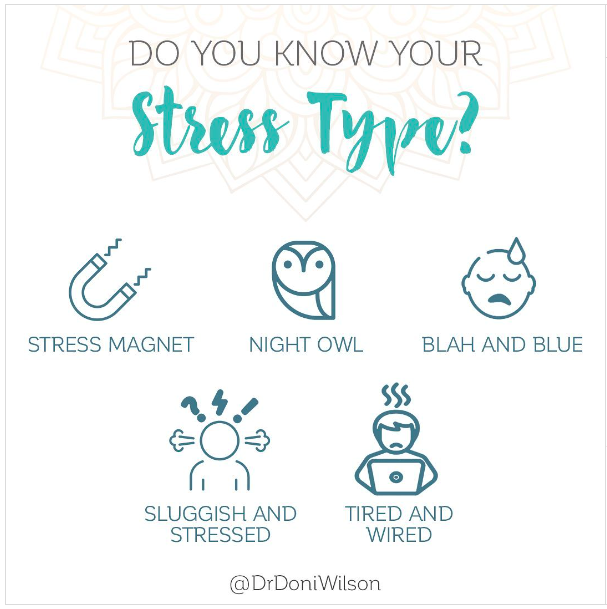
The 5 Burnout Types
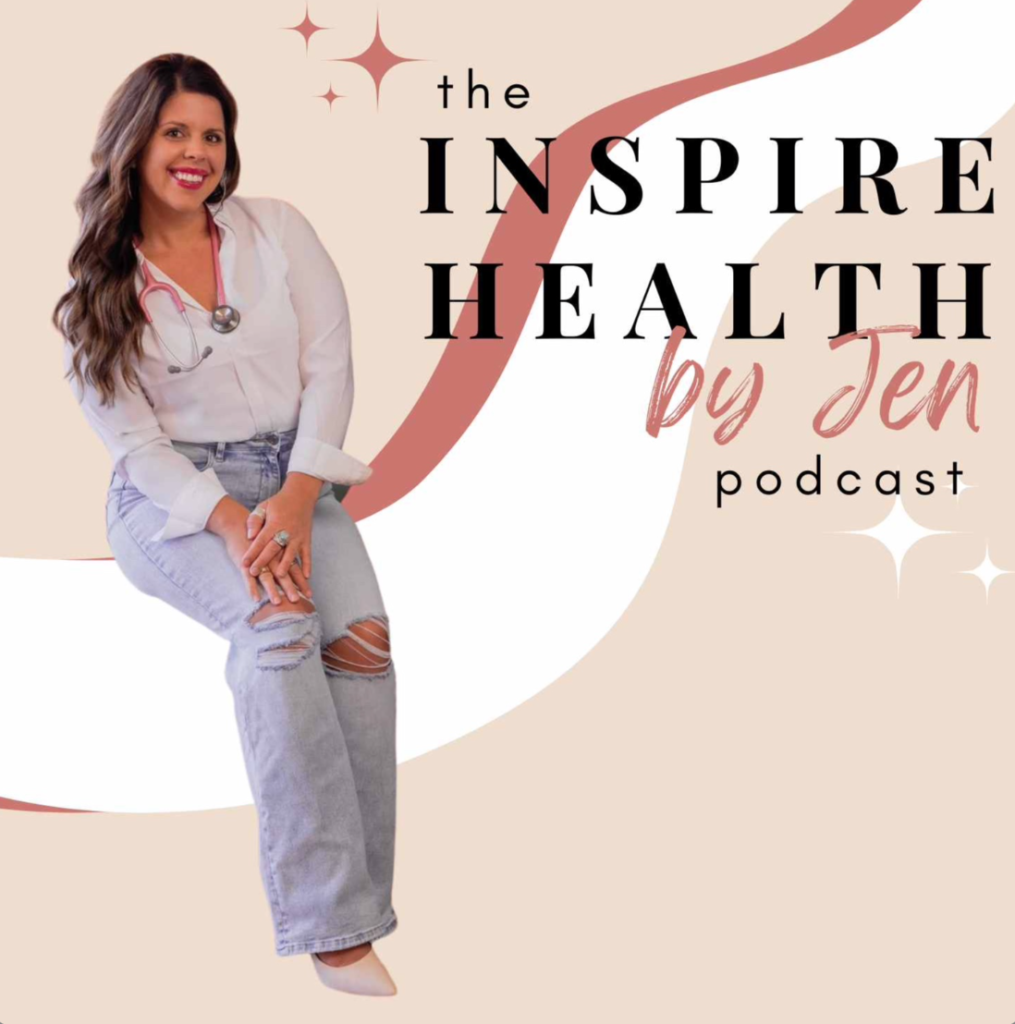
Healing HPV Holistically: Dr. Doni on the Inspire Health by Jen Podcast
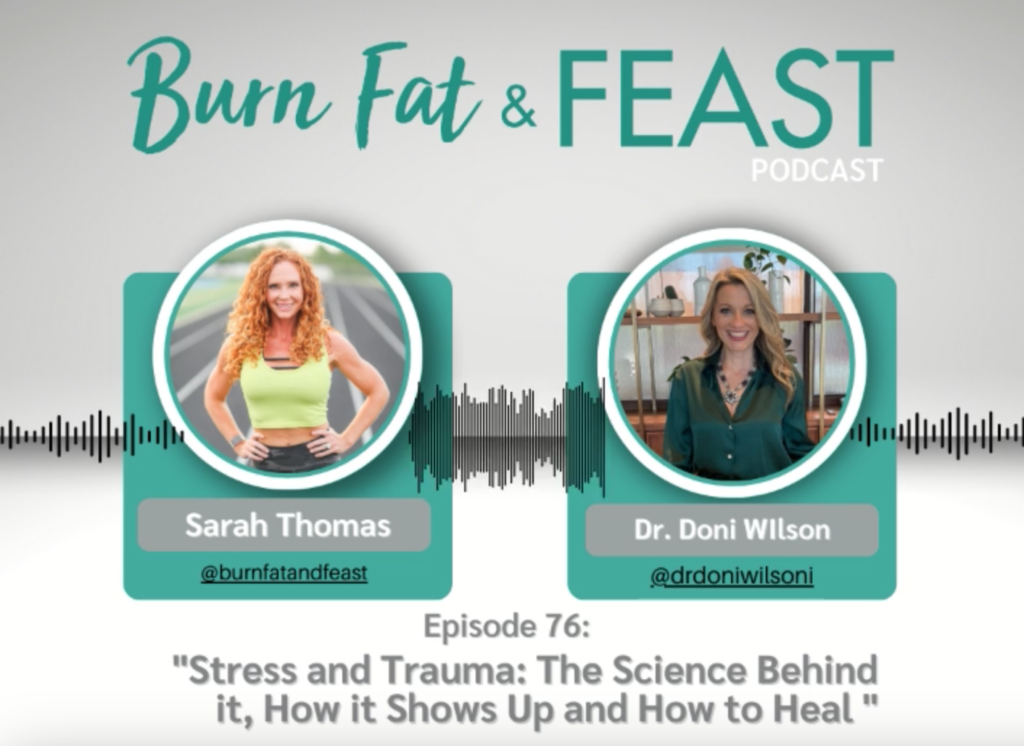
Recent Podcasts
Signup to receive our weekly newsletter with all the latest news, podcasts and special offers
New Book - Order Today!

SIMPLE PRACTICES for SHIFTING FROM YOUR STATE of STRESS to YOUR FLOW and FREEDOM
MASTER YOUR STRESS
RESET YOUR HEALTH
Order Now! Related Posts

What is making you susceptible to HPV?
I have been working with women who had abnormal cells on their cervix and/or vaginally, caused by HPV for over 20 years now. And while

The 5 Burnout Types
Did you know there are 5 burnout types? They are based on your Stress Type®, which is how your adrenal function has been affected by

Healing HPV Holistically: Dr. Doni on the Inspire Health by Jen Podcast
Dr. Doni was interviewed by Jen Ciszewski on the Inspire Health by Jen Podcast, talking about how to heal away HPV from your body for good.
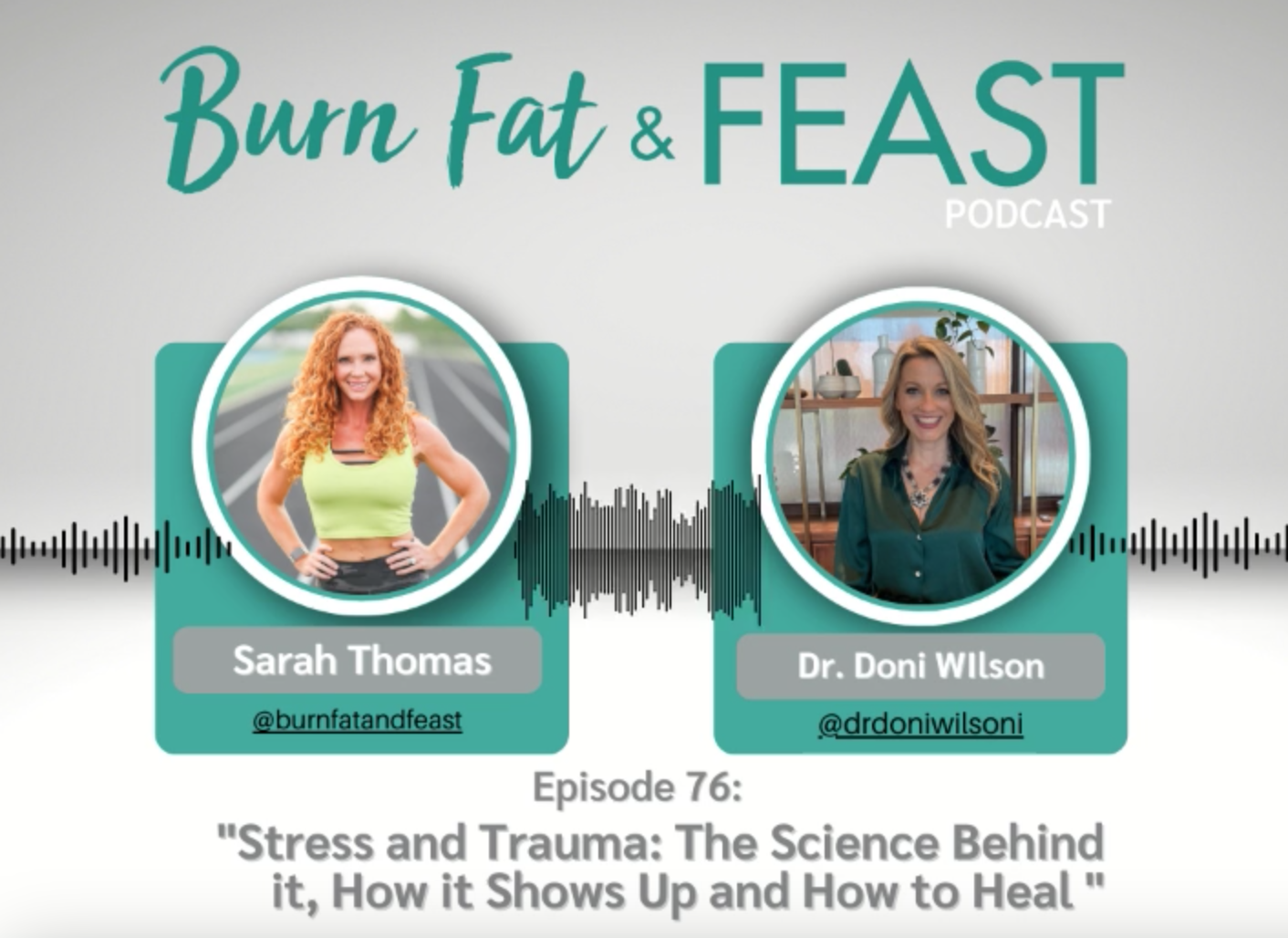
Stress and Trauma: The Science Behind It, How It Shows Up and How to Heal: Dr. Doni on The Burn Fat and FEAST Podcast
Dr. Doni was interviewed by Sarah B. Thomas on the Burn Fat and FEAST Podcast, talking about the impact of stress and trauma on our health and what to do to recover from them.

